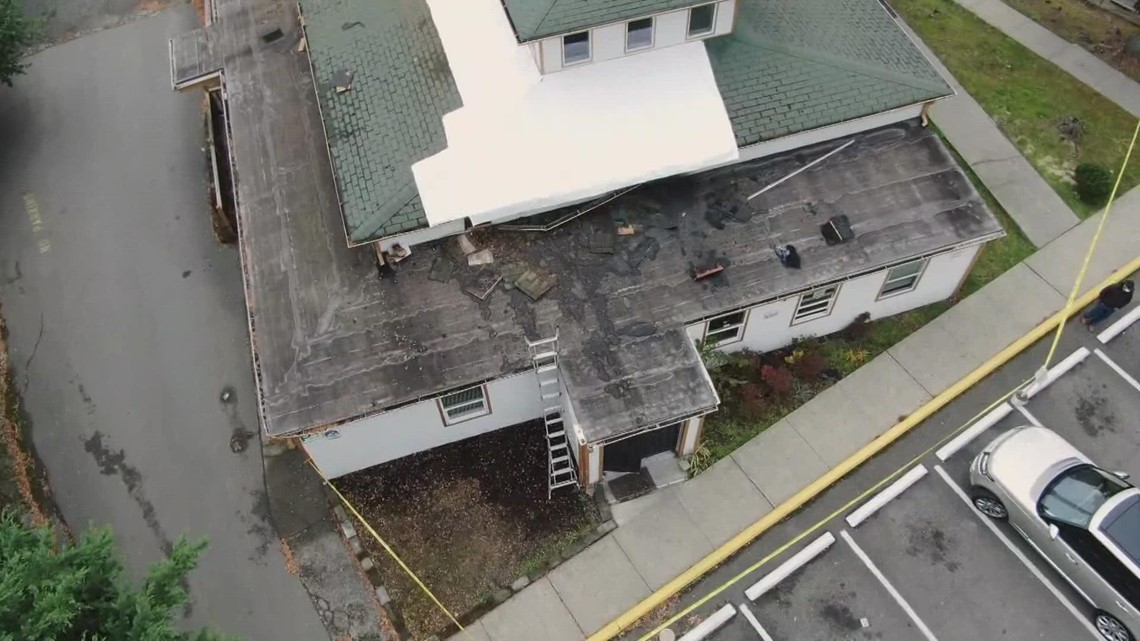Historically, in America at least.
Why a church, shul, or any place of worship is damage or desecrated falls into three categories...
1. Religious violence ... groups of different faiths that oppose each other attack the facilities and worshipers of another faith.
While wide-spread today outside of America. It was rare in America. There are examples dating back to before the Revolutionary War but, many are more politically motivated than religious (for example, violence against Catholic immigrants).
The exception to this was extreme violence against The Mormon Church in the late 19th and early 20th Century. Hundreds of Mormons were murdered in America, including the founder of the faith, Joseph Smith and his brother, who were lynched by a mob while in jail.
There are not many examples of pure religious-motivated crime in America in the late 20th and 21st centuries
2. Political violence ... during the civil rights movement, many of the examples (most of those I can cite) of violence against religious groups were politically motivated. Religious groups identified with pro-civil rights movements were attacked and their facilities burned or otherwise damaged.
The largest example of what could be considered religiously-motivated violence in America, (The 911 Attacks), though they have a religious element to them, were overwhelmingly politically-motivated. Just as the situation in The Middle East may seem to be religiously-motivated, it is in fact, completely political. A grab for land and power in the region.
3. Violence committed by the mentally unstable ... these account for the greatest number of such violent attacks in the late 20th and 21st Centuries. -- although, you could make an argument of mental illness component to any violent attack.
Our failure to treat or otherwise control the actions of a few mentally unstable people has led to an increase in outbreaks by a small minority of these people.
In fact, in an effort to remove the stigma of mental illness from society, we regularly fail to report abhorrent behavior and, in many cases, attempt to normalize it.

 news.yahoo.com
news.yahoo.com













